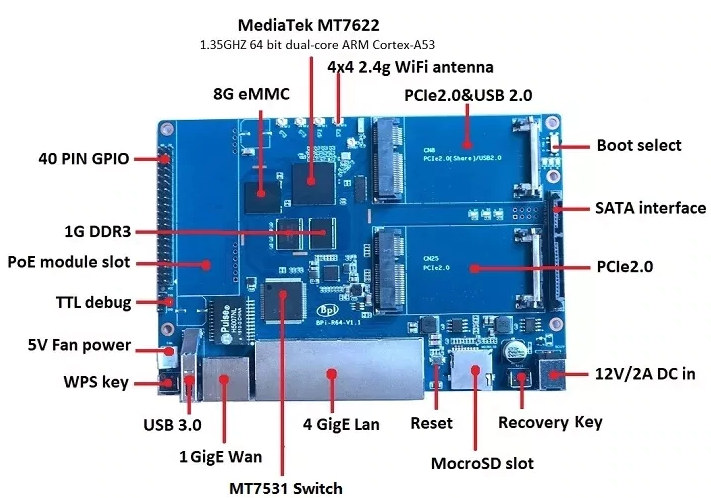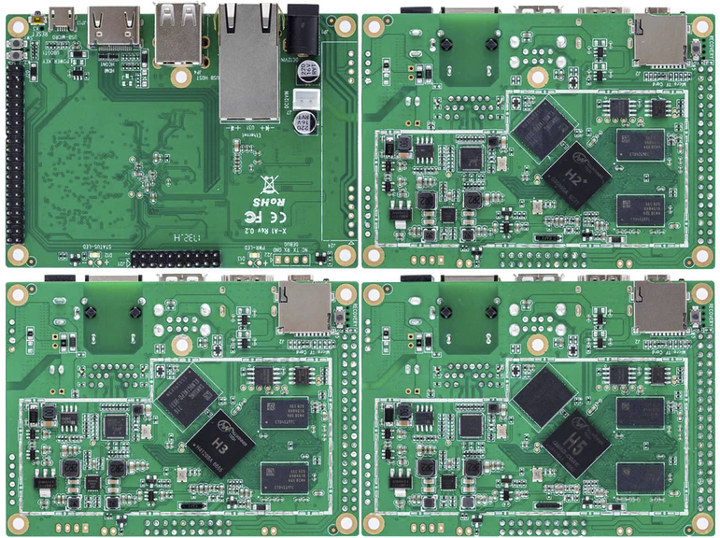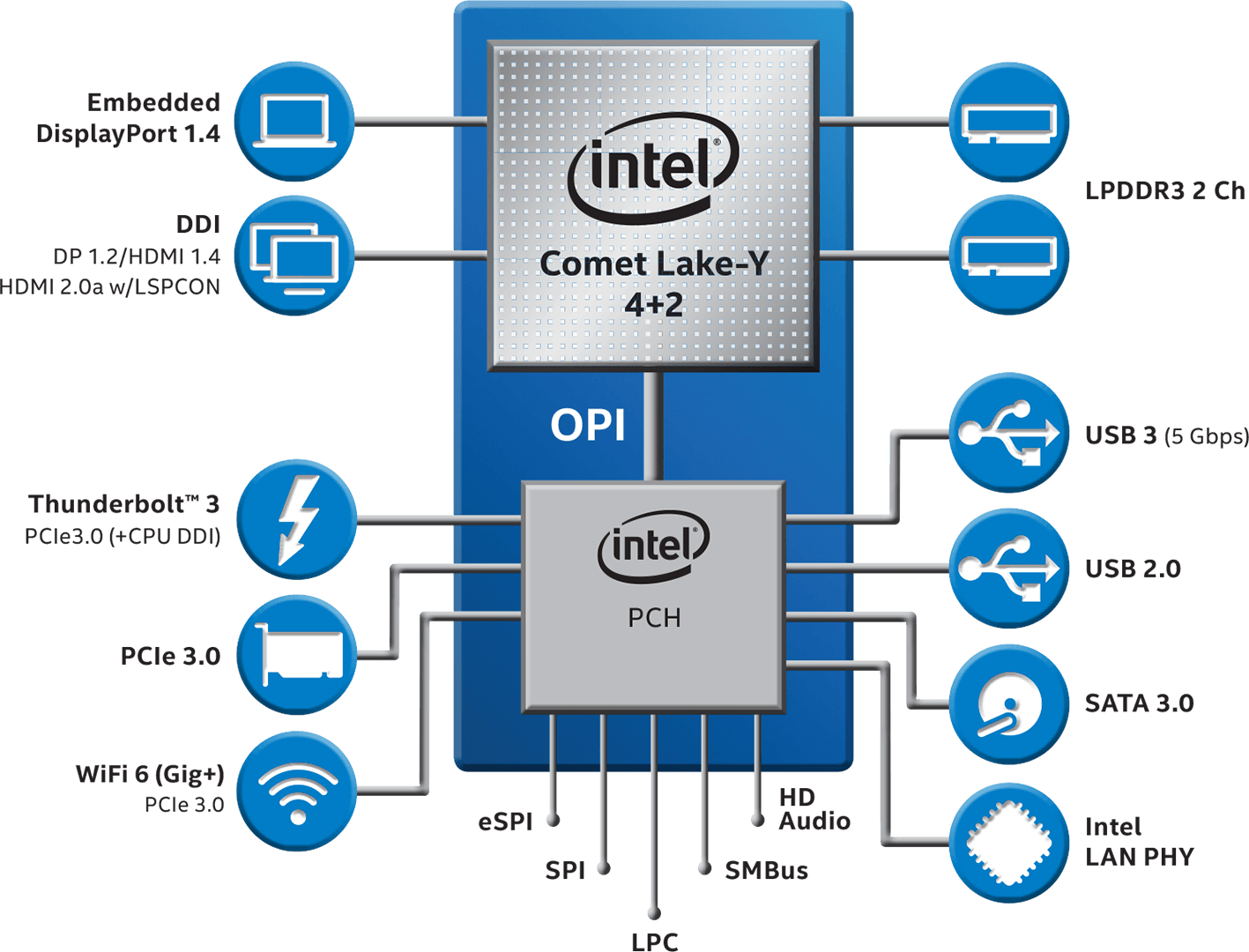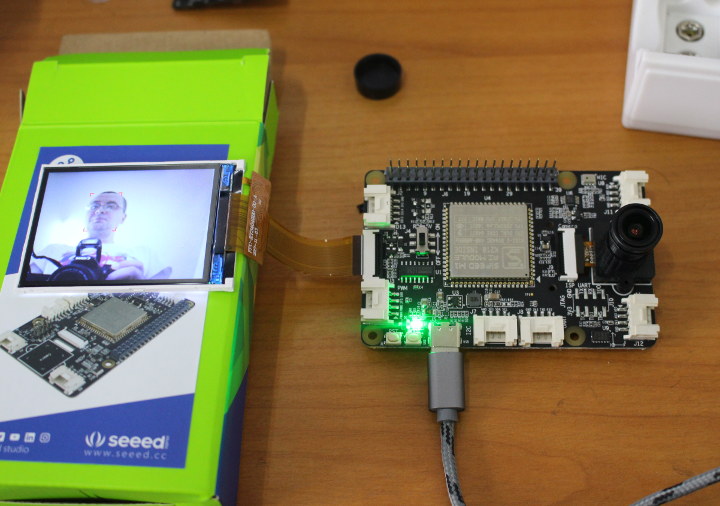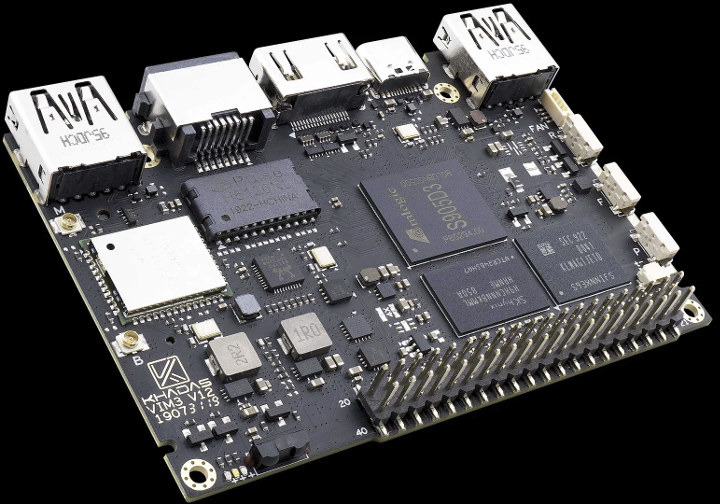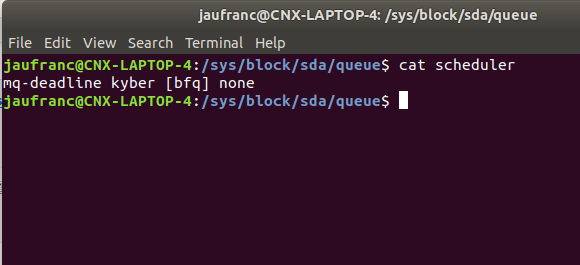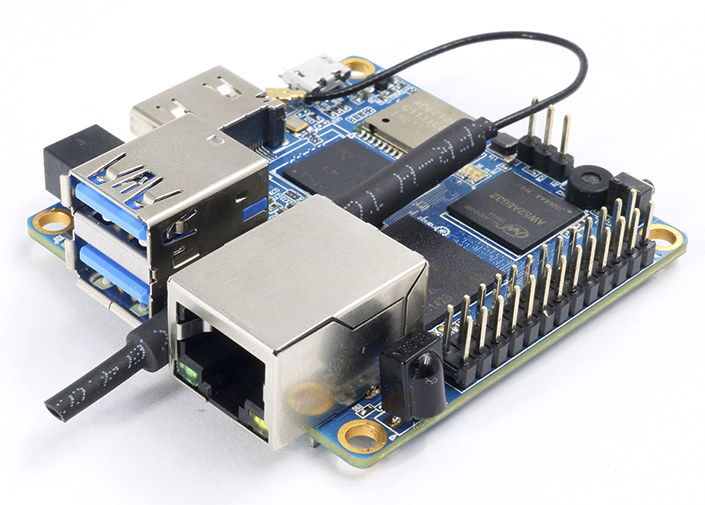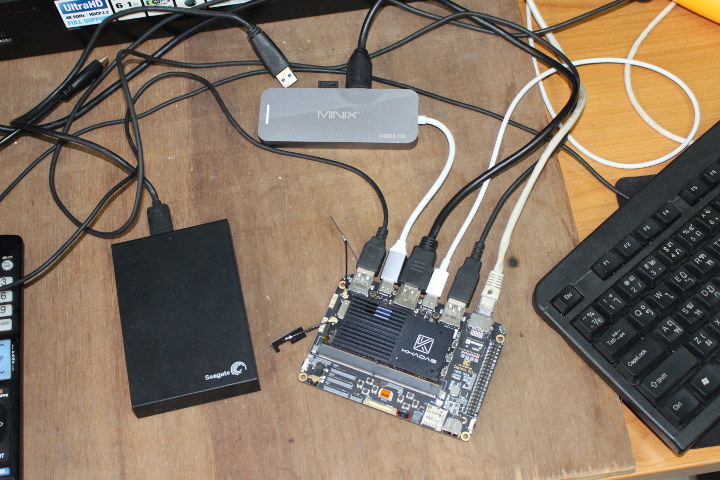SinoVoIP introduced Banana Pi BPI-R64 router board in the summer of 2018. The Linux router board is powered by MediaTek MT7622 dual-core Cortex-A53 WiFi processor with 802.11n WiFi and Bluetooth 5.0 built-in, and offers more connectivity options namely 802.11ac WiFi 5 via MT7615 chip, as well as Gigabit Ethernet ports. 4G LTE is optional via a mini PCIe socket, and a SATA port is included for storage. At the time, I envisioned an official launch in Q1 2019, but I was off by a few quarters, as the company has only just launched Banana Pi BPI-R64 on Aliexpress for $68 plus shipping. The specifications of the Banana Pi BPI-R64 board have slightly changed since last year announcement, and we’ve got a few more details: SoC – MediaTek MT7622 dual-core Arm Cortex-A53 @ 1.35GHz with dedicated network accelerator, 4×4 802.11n and Bluetooth 5 connectivity System Memory – 1GB DDR3 SDRAM Storage […]
Project-X A1-Series Production-Ready Pico-ITX SBCs are Powered by Allwinner Processors (Crowdfunding)
We already have plenty of Allwinner single board computers thanks to companies such as Shenzhen Xunlong Software with their Orange Pi boards, FriendlyELEC NanoPi boards, and Libre Computer Tritium SBCs. Those boards are fine for hobbyist’s project but may fall short when integrated into consumer products, although some products have already been launched with those board such as RetroEngine Sigma retro game console (Orange Pi), or Firewalla firewall appliance (NanoPi neo) ActPower Taiwan Ltd’s Project-X is a little different as it relies on Pico-ITX form factor targetting mass production of low volume manufacturing. Their first Project-X A1-series focus exclusively on Allwinner H-Series (H2+, H3, and H5) processor, but if the concept takes off they may launch boards equipped with processors from other silicon vendors. There are currently three Project-X A1 boards with the following key features and specifications: SoC (one or the other) Allwinner H2+ quad-core Cortex-A7 processor Allwinner H3 […]
Intel Introduces 10th Generation Comet Lake Y and U-Series Processors
10th Generation Ice Lake processors for 2-in-1 laptops and tablets, and other low-power devices have just started shipping, but Intel has now launched another 10th generation family, namely Comet Lake, that is also designed for the same type of products. But instead of being manufactured using a 10nm process, Comet Lake processors will rely on Intel’s “highly optimized” 14nm process technology leveraging “improvements in intra-node optimizations”. There will be Y-Series and U-Series like in other low-power high-performance Intel processors with respectively 7W and 15W TDP, and those processors will come as Core i3/i5/i7 parts Intel Comet Lake family is the first to offer a 6-core processor in the U-series family and will provide faster CPU frequencies, faster memory interfaces, support for Intel Wi-Fi 6 (Gig+) and Thunderbolt 3. The new processors are said to deliver up to 16% overall performance gains, and over 41% better productivity and multitasking on Microsoft […]
Getting Started with Sipeed M1 based Maixduino Board & Grove AI HAT for Raspberry Pi
Last year we discovered Kendryte K210 processor with a RISC-V core and featuring AI accelerators for machine vision and machine hearing. Soon after, Sipeed M1 module was launched with the processor for aroud $10. Then this year we started to get more convenient development board featuring Sipeed M1 module such as Maixduino or Grove AI Hat. Seeed Studio sent me the last two boards for review. So I’ll start by showing the items I received, before showing how to get started with MicroPython and Arduino code. Note that I’ll be using Ubuntu 18.04, but development in Windows is also possible. Unboxing I received two packages with a Maixduino kit, and the other “Grove AI HAT for Edge Computing”. Grove AI HAT for Edge Computing Let’s start with the second. The board is a Raspberry Pi HAT with Sipeed M1 module, a 40-pin Raspberry Pi header, 6 grove connectors, as well […]
Khadas VIM3L Amlogic S905D3 SBC Targets HTPC Enthusiasts
Khadas recently launched VIM3 single board computer powered by Amlogic A311D that delivers the best performance among Arm-based SBC’s I have tested myself, and for instance, Amlogic A311D is significantly faster than Rockchip RK3399, and the platform is quite suitable for Android gaming. All that power comes at a price however, as Khadas VIM3 starts at $99.99 with 2GB RAM and 16GB storage. That’s fine if you’re going to leverage the features and power of the board, but for some applications, it’s quite expensive. One of those applications is HTPC, as in a world of sub-$50 TV boxes, $100 is a bit too much for watching video content. So the Khadas team is currently developing Khadas VIM3L based on Amlogic S905D3 processor that should provide an excellent platform for HTPC. Khadas VIM3L specifications known so far: SoC – Amlogic S905D3-N0N quad-core Cortex-A55 processor @ 1.9GHz with Arm Mali-G31MP2 GPU up […]
BFQ (Budget Fair Queuing) I/O Scheduler Improves Linux Systems Responsiveness (Video)
Storage is normally the slowest part of a system, and operating systems such as Linux try to limit I/O access with “tricks” like caching. The I/O scheduler may also matter if you have multiple programs accessing the same drive, and in Linux 4.12 implemented two new multi-queue block I/O schedulers, namely BFQ (Budget Fair Queuing) and Kyber that are meant to improve the performance of the systems. If you’re using Linux 5.2 you may even get further improvements since performance tweaks make application start-up times under load to be up to 80% faster. I have never seen BFQ in action so far, but earlier this year, Paolo Valente, who is working for Linaro, made a video with an Acer Chromebook 15 showing Google Chrome launch time using the default mq-deadline schedule, and bfq-mq scheduler. The test involves writing a 1.5GB file to the drive with dd, and clicking on the […]
Orange Pi Zero2 is a Tiny Allwinner H6 SBC with HDMI 2.0, USB 3.0, Ethernet & WiFi
Shenzhen Xunlong Software launched a refresh of their Orange Pi Zero board, namely Orange Pi Zero LTS, a couple of weeks ago. The company is now about to launch another SBC of the “Zero” family. Slightly larger than its predecessor, Orange Pi Zero2 is also quite more powerful with an Allwinner H6 quad core Cortex-A53 processor, and more versatile thanks to the addition of a USB 3.0 port, HDMI 2.0 video output, and a built-in microphone. Orange Pi Zero2 specifications: SoC – Allwinner H6 quad-core Arm Cortex-A53 processor with Arm Mali T720 GPU with support for OpenGL ES3.1/3.0/2.0/1.1, Microsoft DirectX 11 FL9_3 Memory – 512MB LPDDR3 (Allwinner AW52A8G32) Storage – 4GB eMMC Flash and microSD card up to 32GB Video Output – HDMI 2.0a port Video Decoding – 10-bit H265/HEVC up tp 4K60 or 6K30; H264/AVC up to 4K30; VP9 up to 4K30; AVS+/AVS up to 1080p60 Network Connectivity 802.11 […]
MINIX NEO S2 USB-C SSD Hub Review in Ubuntu 18.04 with Khadas Edge
MINIX NEO S1 & S2 are USB-C hubs with the usual HDMI and USB outputs, but also a built-in 120 GB & 240 GB SSD respectively. The company has sent me a sample of each, and in order to test the platform, I decided to do on a Khadas board running Ubuntu 18.04 with LXDE desktop environment (aka Lubuntu). I’ll start by checking out the packages’ content, before going through my experience with the MINIX NEO S2 USB-C hub in Ubuntu 18.04 with LXDE desktop environment. MINIX NEO S1 & S2 Unboxing Both packages are basically identical except for the different color, and one shows 120GB SSD capacity, while the other has 240GB The back side has some more details about the USB-C hub. I’ll focus on the 240GB model since it’s just the same, but around $13 to $20 more expensive, and it offers double the capacity, as well […]


